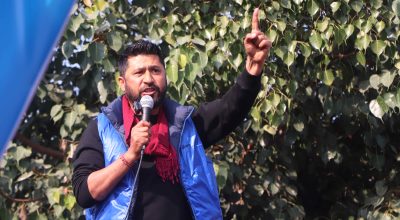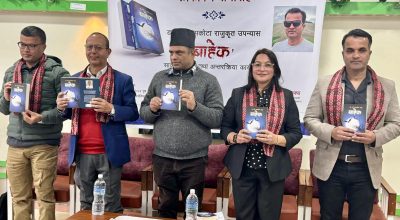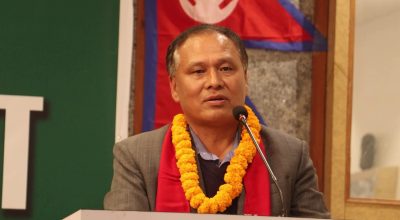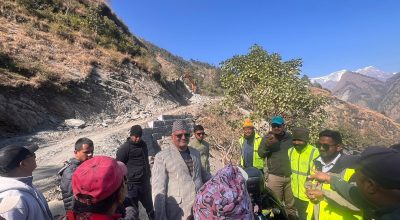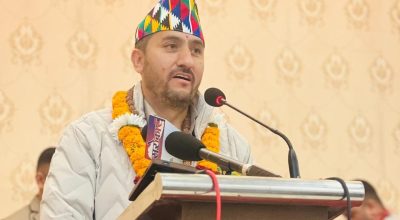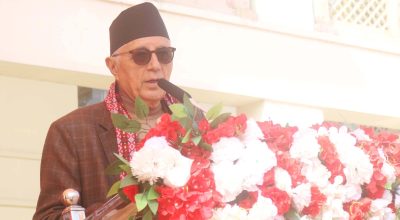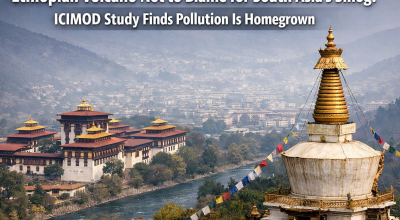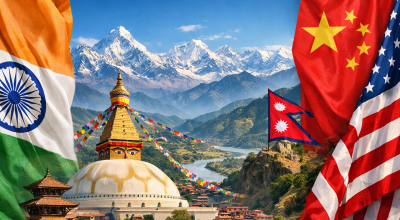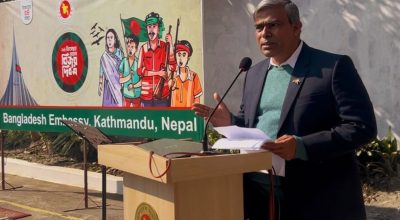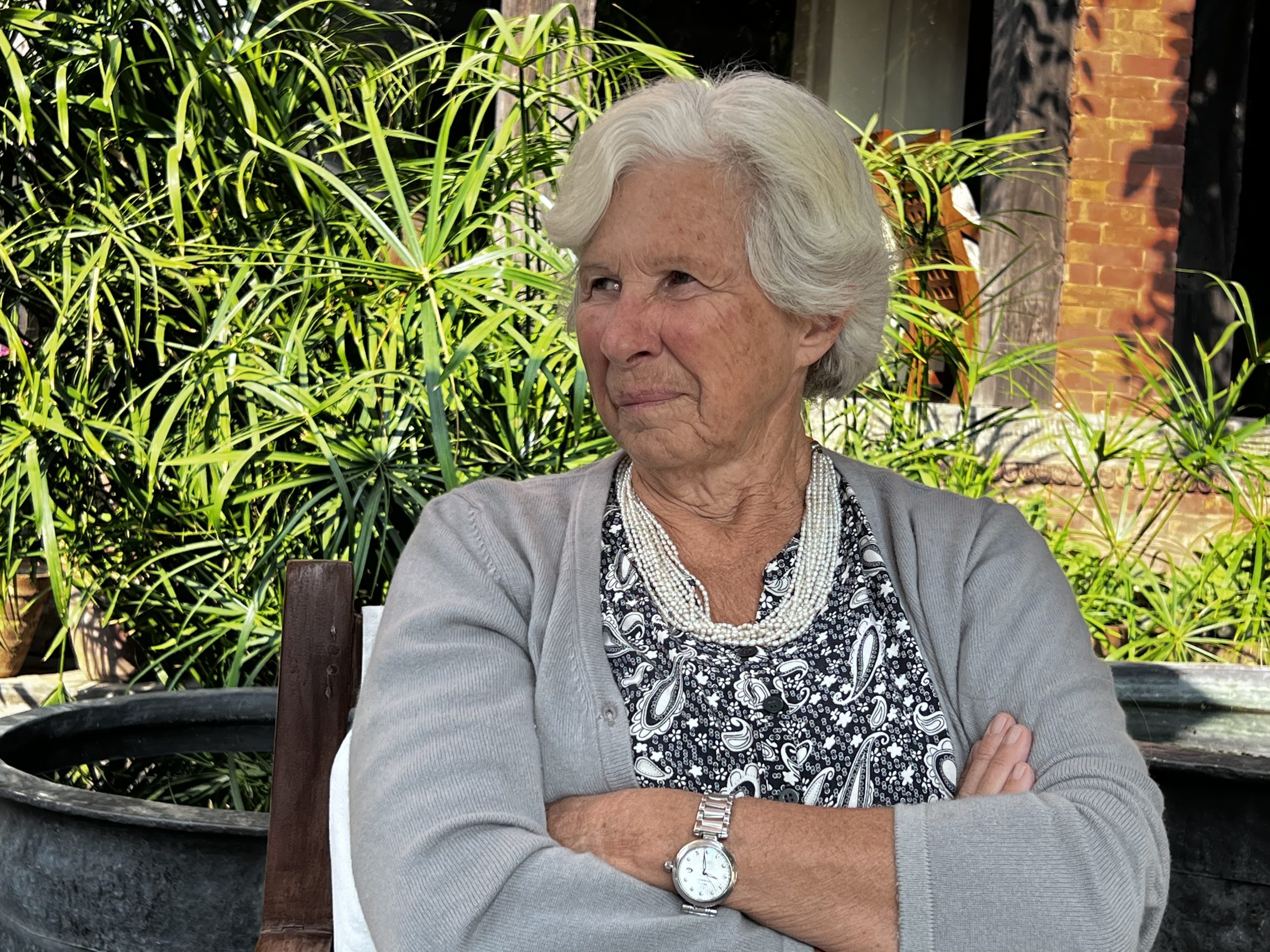
Dr Katrin Hagen was gearing up to go Rolpa district for a free health camp when this scribe met her five days before the parliamentary elections in Nepal.
The 74-year-old Swiss national has been visiting Nepal almost annually since she was four-year-old. The orthopedic surgeon makes it a point to visit Nepal annually, prefers to reaches nook and corners of the country with the sole motive to provide free check-up and treatment of orthopedics ailments, especially to the disadvantaged group and the less privileged ones.
When asked how many times she visited Nepal so far, she smilingly replied, “Have not counted yet. I don’t know. It must have been over 40 to 50 times.”
“It’s my third visit in a row this year. I have been visiting Nepal lately for mostly promoting my father’s works that introduced Nepal, for free treatment services to people in rural areas, and for trekking if time permits.”
She first came to Nepal in 1952 with her father. “But I have a faint recollection of my first visit to Nepal. I was merely 4-year-old and all I recall is that there was no airport in Nepal. There were toilets sparsely. The transportation facility was very difficult and so was the lifestyle of the Nepalis.”
Her father i.e. Toni Hagen, credited with introducing Nepal to the western world significantly, needs no introduction at all – at least among the Nepalis and in Nepal. Hagen arrived Nepal in 1950 as supposedly the first foreign tourist.
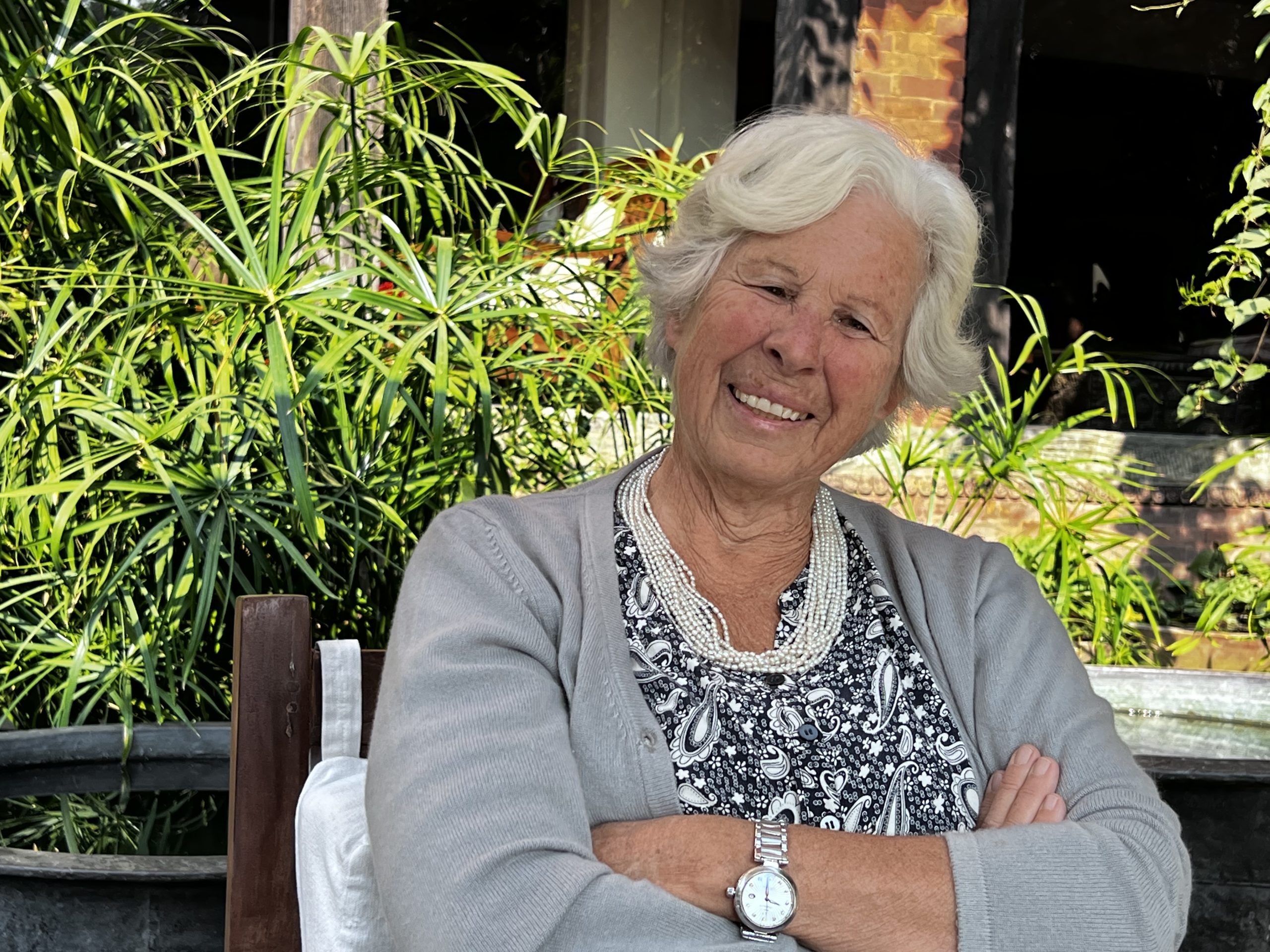
Since there were no airports in Nepal, he flew to Kolkata (then Calcutta) by airways and reached Nepal via road ways. Smitten by the stunning natural landscapes of Nepal, he could not help sharing the outer world how Nepal’s natural beauty had enchanted him.
Hagen was often found hiking in the verdant hills, trekking in the mountainous region and hiking across bubbling brooks and creeks of the country. The geologist turned development expert was believed to have travelled across Nepal more than an average Nepali.
It will not be wrong to dub him as the first foreigner to have travelled farthest and widest in Nepal as his journals revealed that he had traversed on foot over 14,000 kms of the country.
He often seems to remain close to Nepal’s geology/topography and its beauty than Nepalis. The Nepal lover Swiss national spared no effort to introduce Nepal’s geological condition, biodiversity of Himalayan zone and Nepalis’ tradition, cultures and ethnic diversity to other foreigners alike.
The person revered by the tourism sector of Nepal has published a book titled ‘Nepal’ that illustrates multidimensional aspects of Nepal’s geographical, touristic and various lifestyles of Nepal and the Nepalis.
The documentary made by him containing touristic features of the mountainous region in Nepal, the majestic mountains and other cultural aspects has helped unravel Nepal’s hidden beauty to the outer world.
The government of Nepal had conferred on him the honorary citizen of Nepal in recognition of his contributions.
Dr Katrin Hagen, following the father’s footstep, shared that she visits Nepal partly to unfold her father’s unbounded love for Nepal and partly for free healthcare services to rural area’s people.
Interestingly, the Toni Hagen Foundation founded in Switzerland in honour of the Toni Hagen, only functions in Nepal. “Nepal, the land loved by my father and the country reveres my father. I feel like coming here once yearly, yet it does not satiate me and I want to keep coming.”
Katrin believed that her duty is to give completion to her father’s undertakings. “There are many researches, journals, photos and videos on Nepal made by my father. I look forward to expanding their scope for the greater good of Nepal. Through the Foundation, I want to give them completion,” she said, shedding light on her future plans.
The Foundation had organized a photo exhibition last year where the photos of Nepal taken by Toni over various periods of time showing varied facets and façades of Nepal and Nepalis were exhibited.
She opined that it was not sufficient to unveil her father’s works on Nepal. His works and researches on Nepal could be a substantial support in tourism development in coming days.
It may be noted that if there is any old photos of Nepal used to introduce bygone days, it is often taken from Toni’s books or documentary with a courtesy.
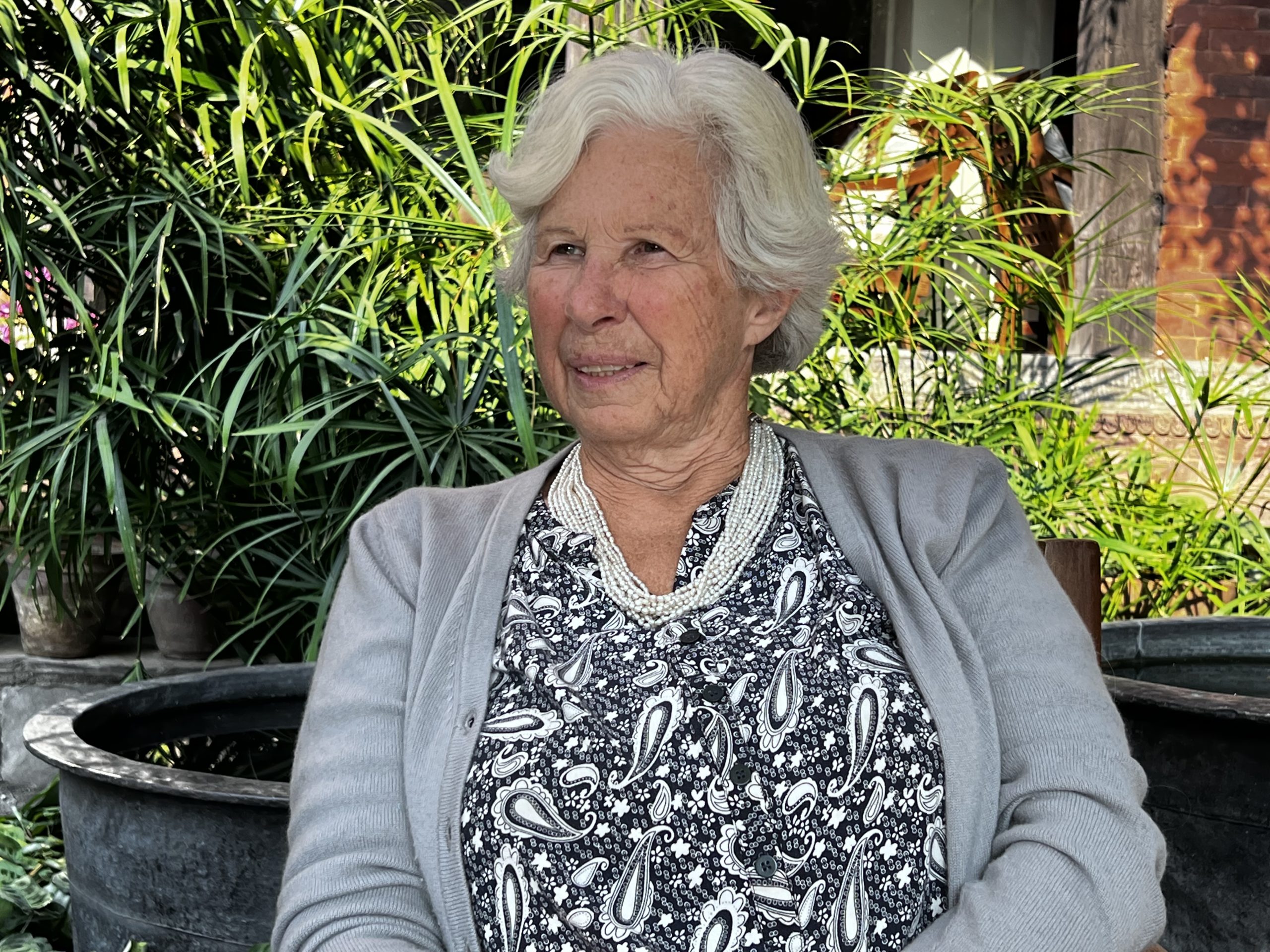
Katrin added, “There are important pictures of Nepal’s mountainous region as well as other regions in my father’s albums. I believe pictures portraying melting of glaciers in the mountains are in his album which could serve as a resource material for researchers conducting research on issues relating to climate change.”
Many of the peaks and summits of mountains, glacial lakes and glacier streams at that time might have changed their forms due to melting of glaciers. It could aid in study of the biodiversity of the Himalayan region, opined one of the frequent visitors to Nepal.
The researchers on Nepal could be benefited by these works of Toni Hagen, she viewed.
Like father, Katrin has also trekked through a lot of terrain of Nepal and is well-versed with Nepal’s topography be it mountain, hill or Terai region. “On-foot travel or trekking is not only about walking, it is also about studying those travelled zone. We study lifestyles and cultures of people and their farming while we trek. Also, varying cuisine of different communities is another fascinating feature during the trek. I like to research on such issues while trekking across Nepal.”
According to her, the communal amity among Nepalis despite Nepal having diverse ethnic communities, religions and cultures always astonished her father. She got to learn a lot about Nepal through the tales her father told about Nepal, she confessed.
She fondly recalls how her father extolled Nepal especially the amity and unity among the people here despite the differing ethnicities and topography. “I very much like this very aspect of Nepal. I am keen to learn on this aspect when I visit Nepal be it for free health camp or for a trek,” gushed Katrin.
Being a health professional, she likes organic farming which she argued is healthy. When not rendering healthcare services back home, she enjoys organic farming in her kitchen garden in her spare time and she owns an organic potato production farm, she spilled the beans.
She recommended paying attention towards organic farming considering the wanton usage of fertilizers in agricultural produces across the world including Nepal and increasing risk of various ailments due to it.
While in trekking, she often buys organic produces from farmers in those regions. “Trekking is a physical fitness, an introduction to a new place and entertainment. The motive behind my trek is to procure and relish organic food from farmers and educate them about importance of organic food,” she divulged.
“Nothing elates me more than finding farmers indulging in organic farming or producing ample produces when I revisit them,” she said, radiating happiness.
She however said that her heart sinks at the sight of plastic wastages littering inn and around the pristine mountainous and hilly areas of Nepal. The plastic bottles, bags among others thrown away haphazardly in the trekking zone was a cause for concern for Katrin.
The soil that could yield ample organic produces is hugely harmed by plastic wastage dumped on soil, she argued, suggesting to keep the environment clean and pure and make Nepal plastic-free.
She argued that engaging local community in any touristic activities would directly benefit them. “Once I saw a bunch of foreign tourists flying over in helicopters to Humla district and Manasarovar. What did the locals get from that? Let there be physical infrastructures in those touristic spots. Let’s rope in local community in touristic activities and use their local produces. This is what sustainable development of tourism means,” she observed.
She elaborated, “Sustainable development of any sector is not possible without engaging local community and benefitting the locals. There could be development for a brief period but it will not have sustainability.”
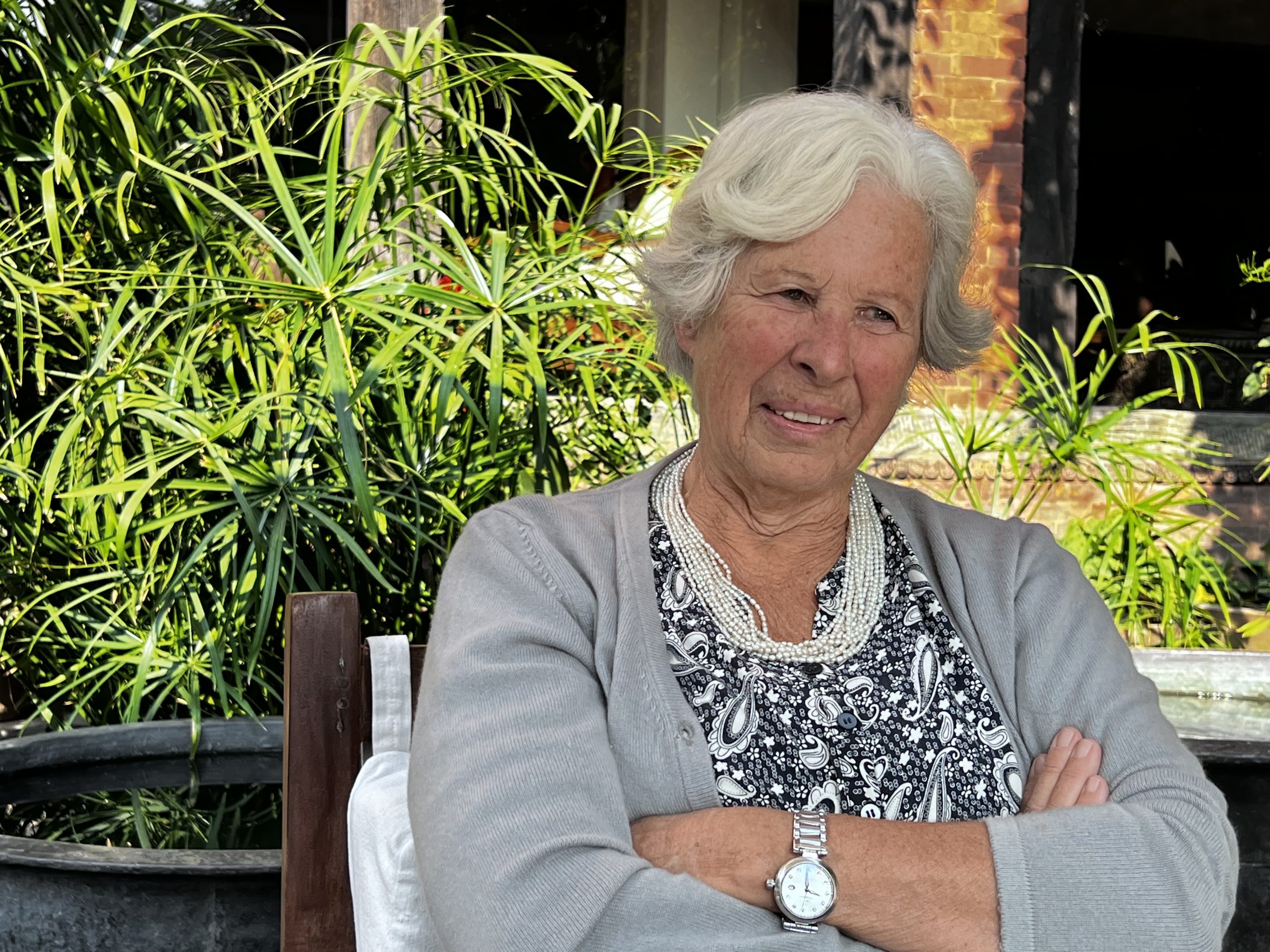
The wave of change in Nepal in later days has cheered her up, she said, comparing the difference between the Nepal she saw while visiting Nepal with her father and now in her seventies.
“There’s so much of difference. Back then, there were no toilets and perhaps there was no trend of making one. Children and women now are highly educated. Women have made their way to various important State organs. There are schools and colleges in most of the villages. There is a sense of sanitation among people. Roads have reached in most of the places.”
Having said that, she pointed out the need to raise awareness level in many rural areas. Remembering a heart-wrenching incident occurred in Darchula district three years ago, she narrated, “A four-year-old boy child’s leg was burnt and he had a huge wound. I insisted I take the injured kid to Kathmandu and treat him for free of cost but his parents and close kins did not allow.”
She further described that they refrained saying that Kathmandu was distant and coming back and forth would be a hassle for them and there was nobody to look after their cattle. They were adamant that the boy would be cured by home-made remedy. I warned them that the boy may lose his foot yet they did not budge from their stance.
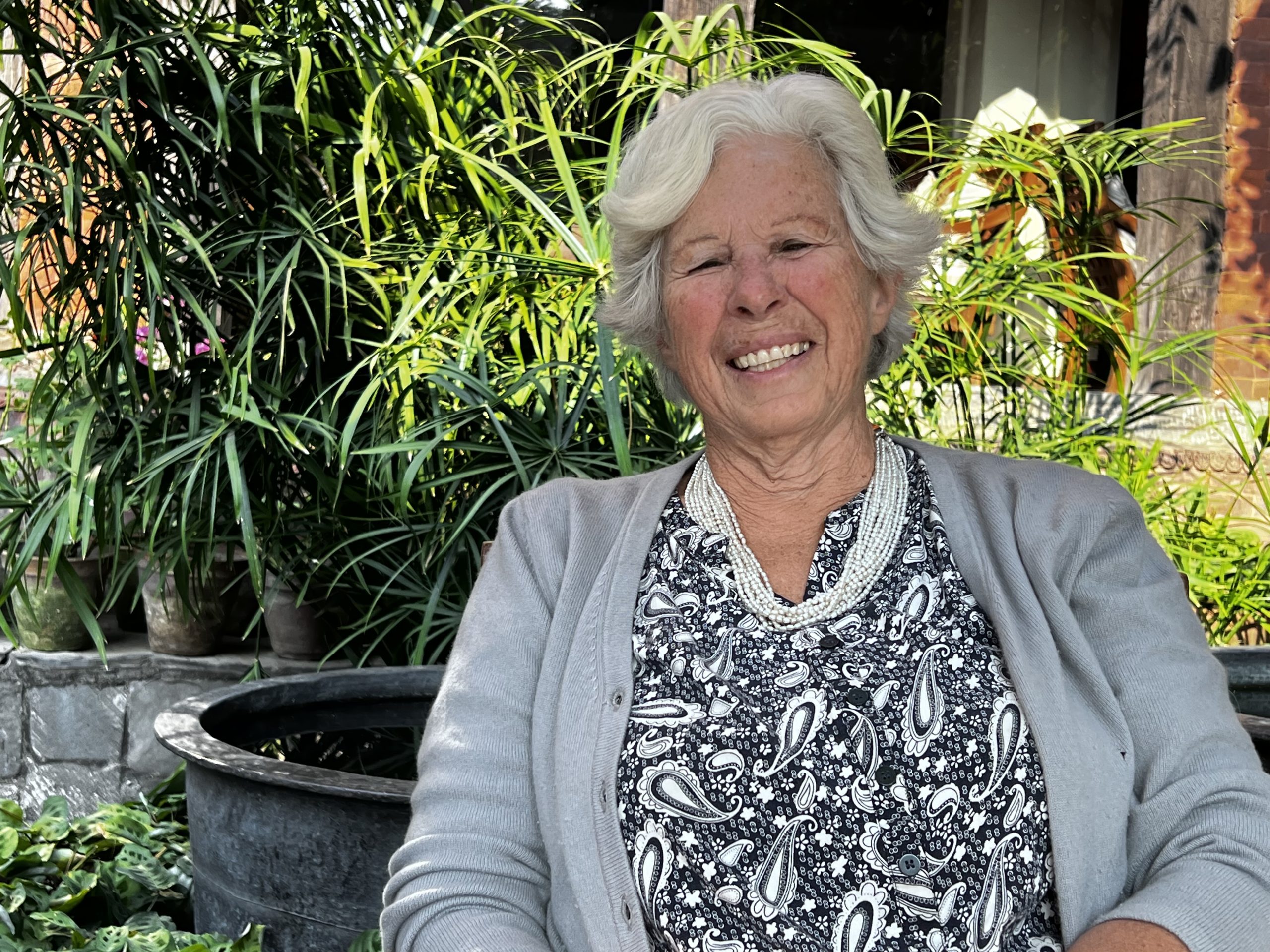
This incidence hounds me till date. I want people to first prioritize their health and well-being over anything.
Although her native home is Switzerland, Katrin admitted in English with dotted Nepali, that Nepal was her sd{3/ second home.
x’gklg there’s no country other than Nepal she has frequently travelled so far and the jurisdiction of the Foundation found in the memory of her father is also only in Nepal.
“Nepal is a blessing of nature. Every time I visit Nepal, I can’t help falling in love with this country even more and each time I find it a new and more fascinating.”RSS





